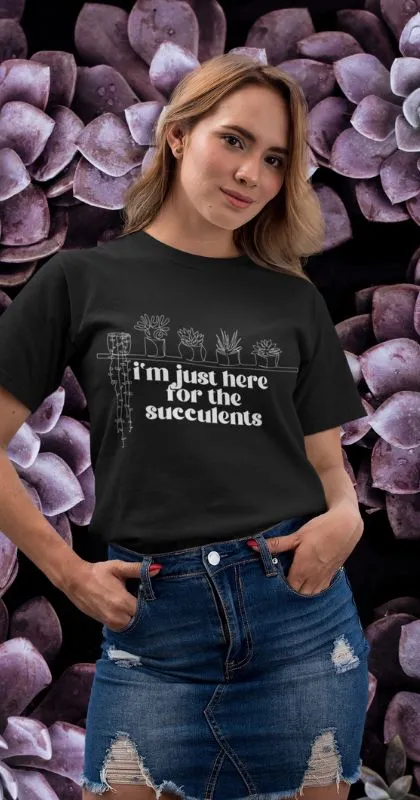Did you know that succulents can survive in some of the most inhospitable environments on Earth? These hardy plants are often thought of as nearly indestructible, but they can be surprisingly sensitive to certain conditions. In this comprehensive guide, we’ll explore the five most common mistakes that beginners make when caring for their succulents.
Dig in!
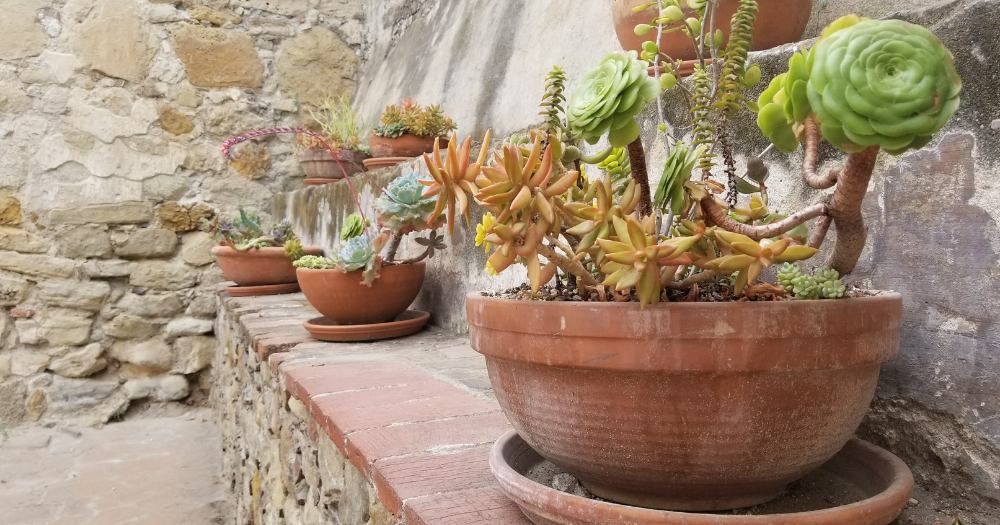
Mistake 1: Overwatering
The dangers of overwatering
Watering too frequently is the number one culprit behind struggling succulents. Overwatering can lead to root rot, a condition that can cause your plant’s roots to turn mushy and brown. Here’s a fun (but sad) fact: succulents are more likely to die from overwatering than underwatering!
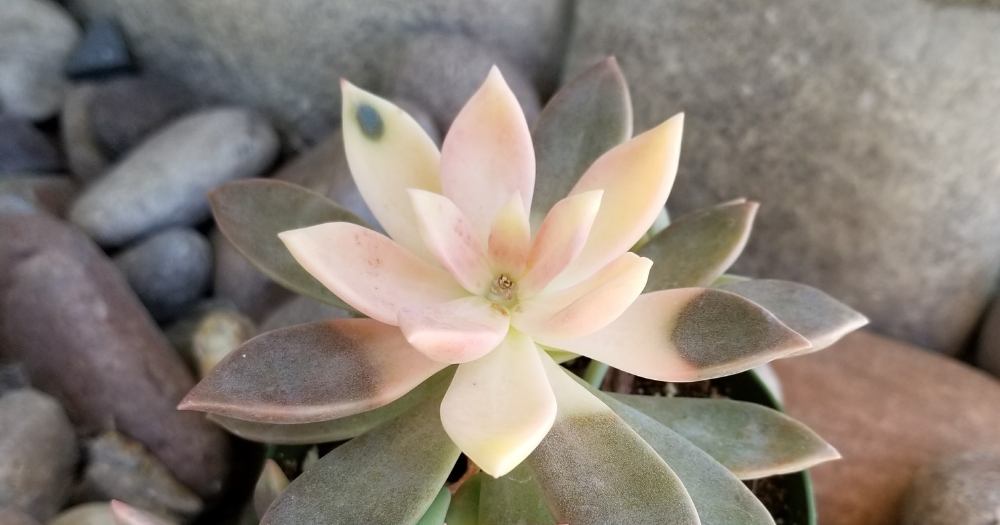
How to avoid overwatering
To prevent overwatering, wait until the soil is completely dry before watering again. Succulents can typically go two to three weeks between waterings, but this can vary depending on factors like temperature, humidity, and sunlight. Stick your finger about an inch into the soil to check for moisture before watering.
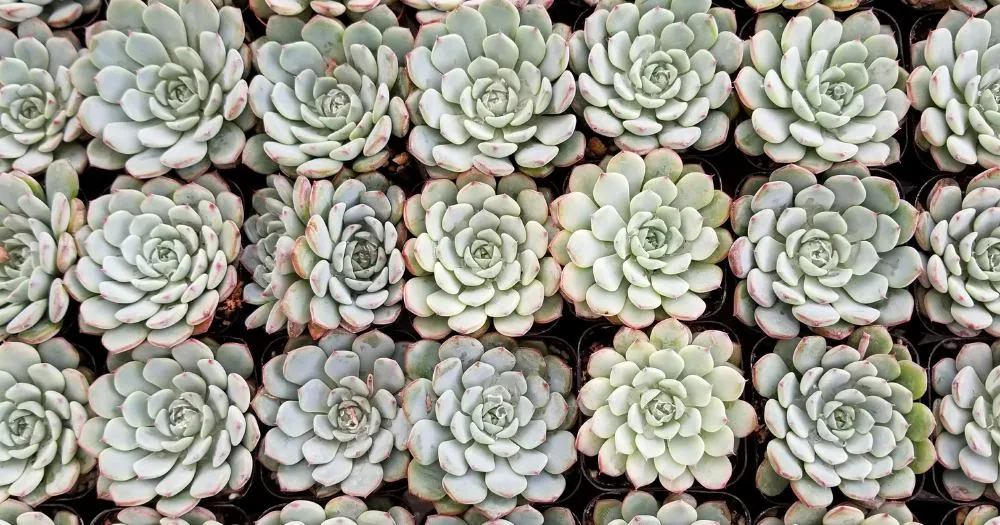
Mistake 2: Poor Lighting
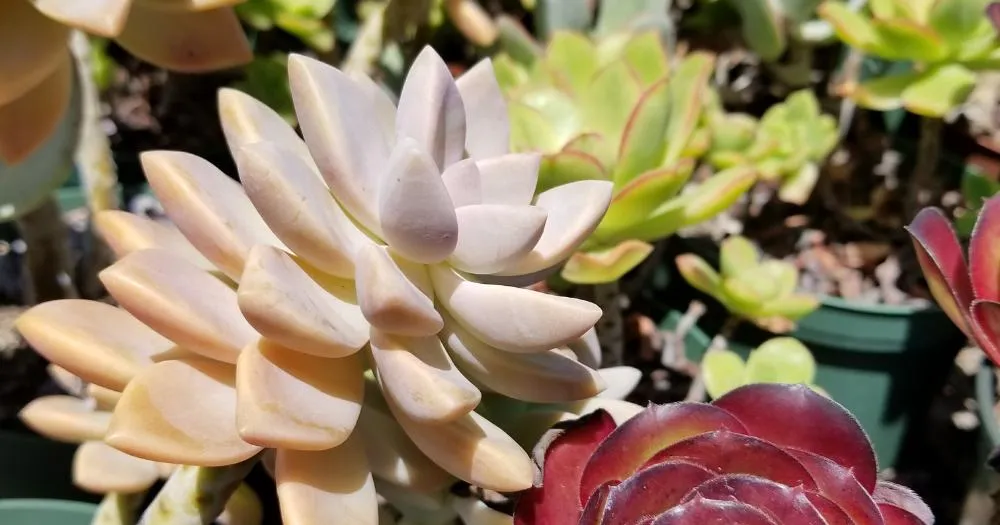
The importance of proper lighting
Succulents need adequate light to thrive. In the wild, these plants often grow in full sun, so replicating that environment indoors is crucial for their health. Insufficient light can cause your succulents to become leggy, weak, and lose their vibrant colors.
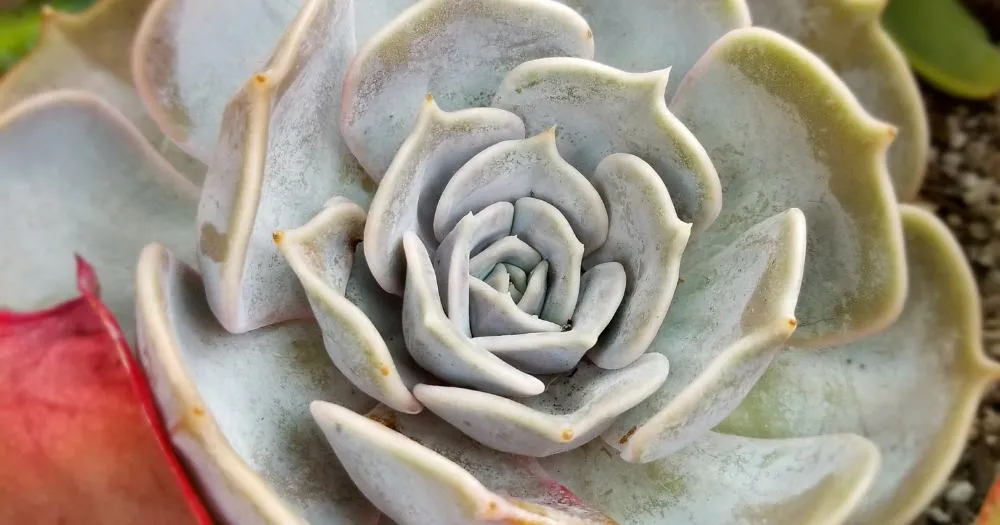
How to provide adequate lighting
To ensure your succulents receive enough light, place them near a south or east-facing window. If natural light is limited, consider using a grow light to supplement their light intake. Keep in mind that different succulent species have varying light requirements, so research your specific plant to determine its ideal lighting conditions.
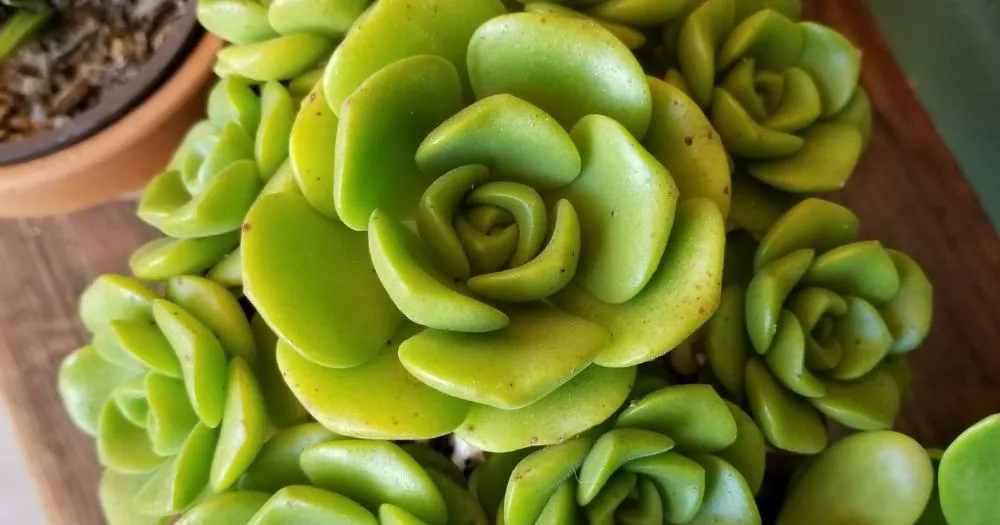
Mistake 3: Incorrect Soil
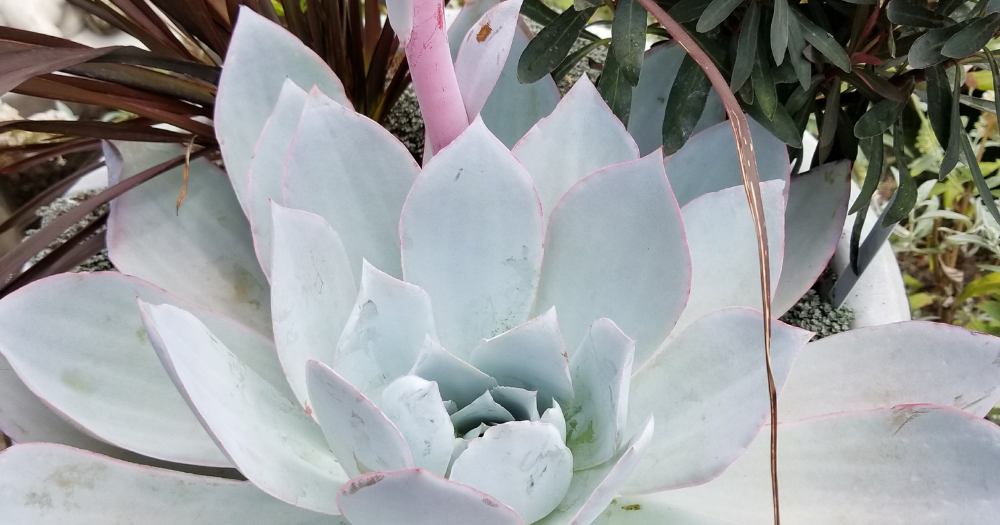
The role of soil in succulent health
Succulents require well-draining soil to prevent root rot and other moisture-related issues. Regular potting soil typically retains too much water, which can be harmful to your succulents’ delicate roots.
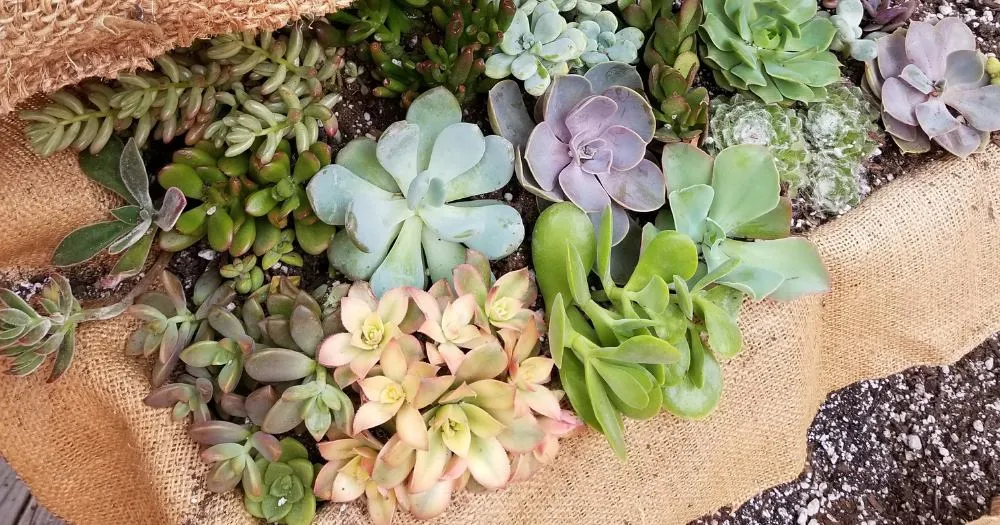
Choosing the right soil
Opt for a soil mix specifically designed for succulents and cacti or create your own by combining equal parts potting soil, coarse sand, and perlite or pumice. This mixture will allow water to drain quickly, preventing your succulents from sitting in soggy soil.
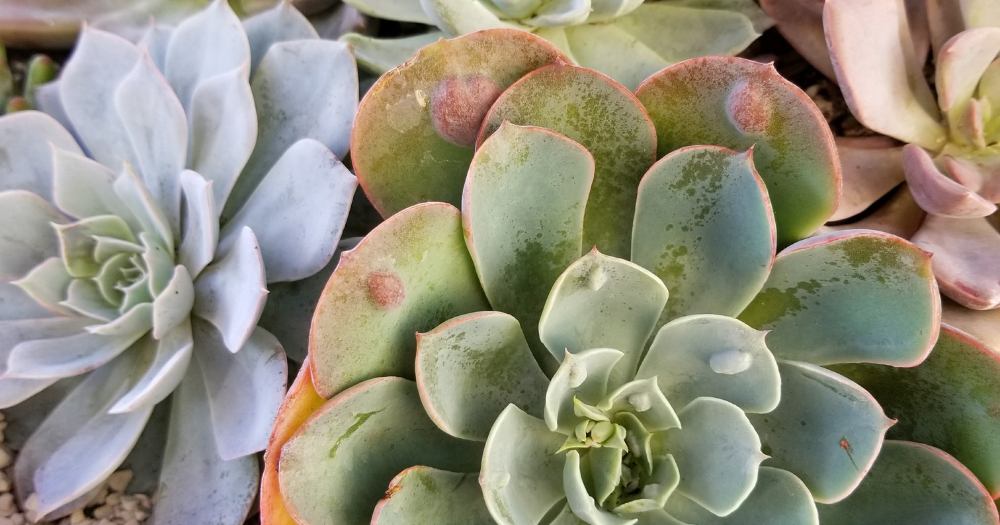
Mistake 4: Lack of Proper Drainage
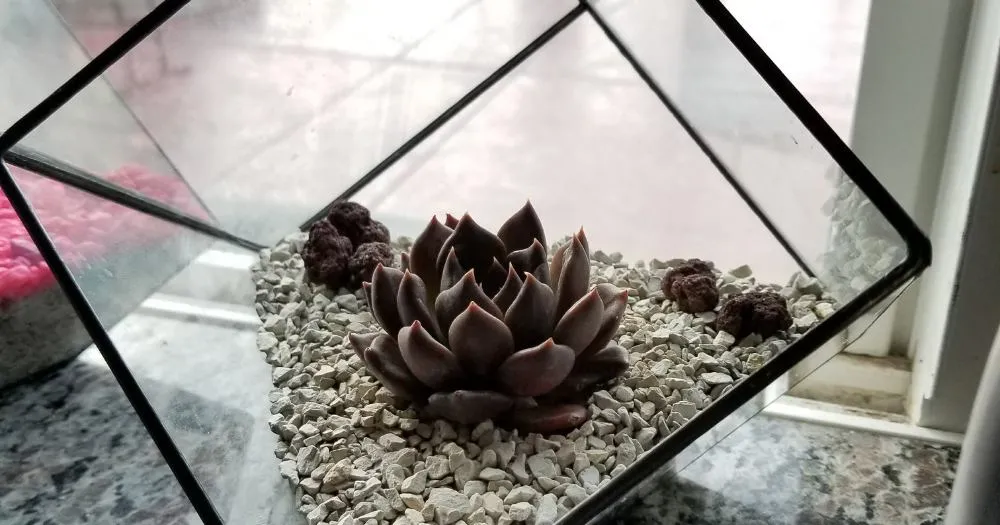
The consequences of poor drainage
Without proper drainage, excess water can accumulate around your succulents’ roots, leading to root rot and other moisture-related problems. Did you know that the word “succulent” comes from the Latin word “sucus,” meaning juice or sap? These juicy plants store water in their leaves, so they don’t need to sit in waterlogged soil.
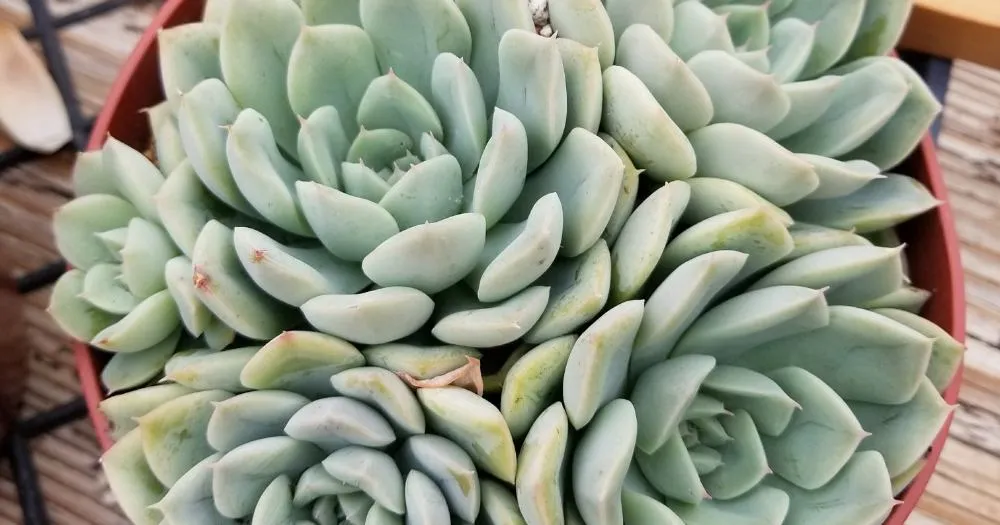
Ensuring proper drainage
To ensure your succulents have adequate drainage, use a pot with drainage holes. If your pot doesn’t have holes, add a layer of gravel, pebbles, or activated charcoal at the bottom to help absorb excess water. Be cautious about using glass containers, as they can promote excessive moisture retention.
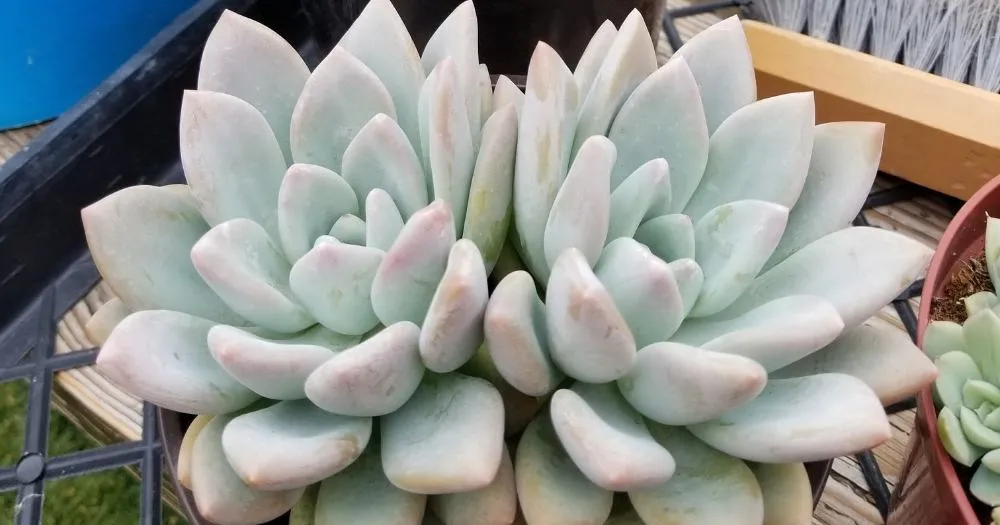
Mistake 5: Overcrowding
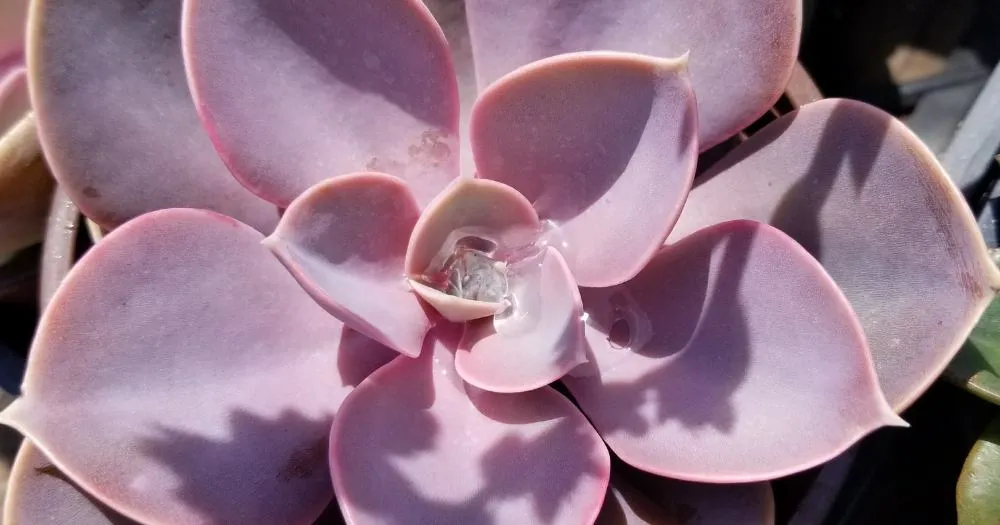
The problem with overcrowded succulents
While it might be tempting to pack your succulents close together for a lush, full look, overcrowding can lead to poor airflow and increased competition for resources. This can result in weaker plants that are more susceptible to pests and diseases.
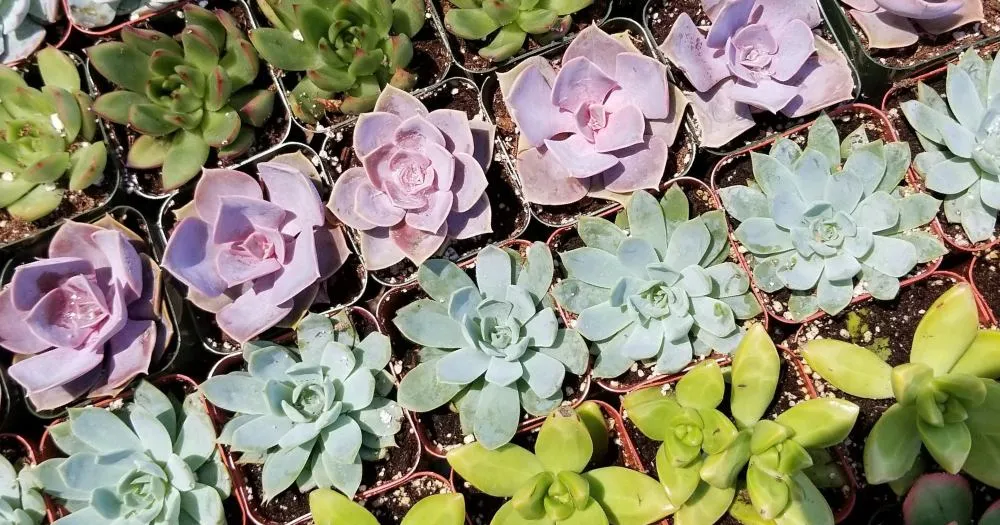
How to prevent overcrowding
Give your succulents room to breathe by spacing them out according to their specific growth habits. When repotting, consider the mature size of each plant and leave enough space for them to grow and spread out. This will ensure your succulents have ample room to thrive and maintain their unique shapes.
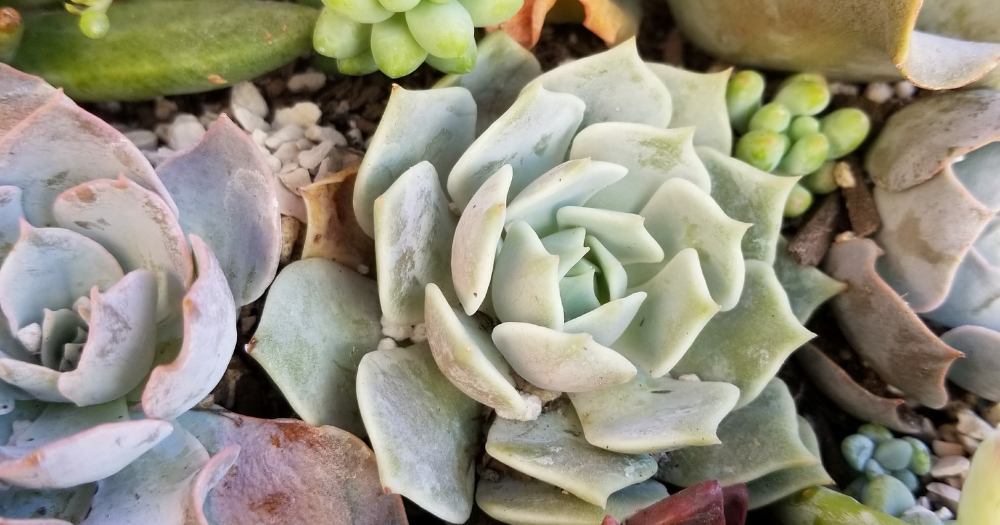
Succulents are beloved for their low-maintenance nature and striking appearance, but even these hardy plants can fall victim to common beginner mistakes. By avoiding overwatering, providing adequate lighting, using the right soil and drainage, and preventing overcrowding, you can ensure your succulents flourish for years to come. Remember, even the most experienced succulent enthusiasts make mistakes, so don’t be too hard on yourself if your plants hit a rough patch. Keep learning, experimenting, and enjoying your succulent journey!
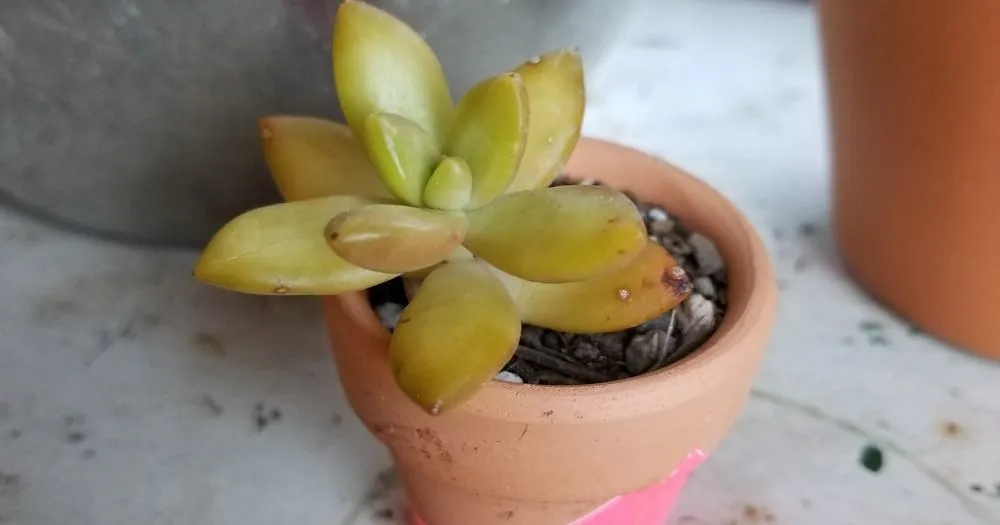
FAQs
- How often should I water my succulents?
Watering frequency can vary depending on factors like temperature, humidity, and sunlight. In general, wait until the soil is completely dry before watering again. This typically takes two to three weeks. - Why are my succulents turning yellow or brown?
Yellowing or browning leaves can be a sign of overwatering. Check the moisture level of the soil, and if it’s consistently damp, reduce your watering frequency. Additionally, ensure your pot has proper drainage to prevent waterlogged soil. - Can succulents survive in low-light conditions?
While some succulents can tolerate lower light levels, most prefer bright, indirect light. If your space doesn’t provide enough natural light, consider using a grow light to supplement your succulents’ light intake. - How do I know if my succulent is getting too much sun?
If your succulent is receiving too much direct sunlight, its leaves may develop sunburn spots, which appear as brown or black patches. Move your plant to a location with bright, indirect light to prevent further damage. - When should I repot my succulent?
Repot your succulent when it outgrows its current container or when the soil becomes compacted and doesn’t drain well. Repotting every two to three years is a good rule of thumb, but this can vary depending on the specific needs of your plant.
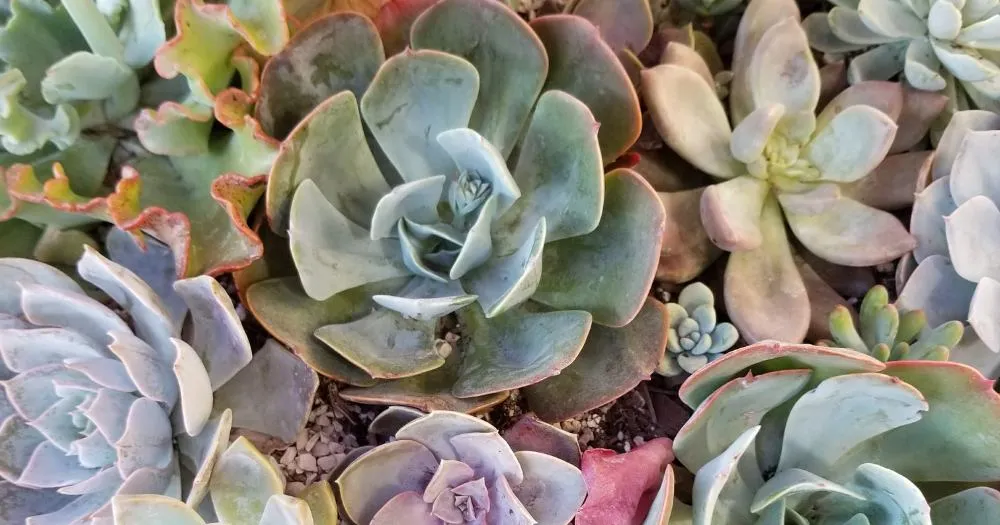

Where to Buy Succulents Online


